Prevention and treatment of downy mildew (downy mildew) on cucumbers
It is difficult to find a vegetable garden without cucumbers. Growing them is considered a fairly simple matter, however, a lot of worries are brought to the summer resident by cultural diseases. Most varieties are threatened by downy mildew - peronosporosis of cucumbers. Experienced summer residents share ways to prevent and treat the disease.
What is peronosporosis of cucumbers and how is it dangerous?
The fungal disease peronosporosis spreads easily and quickly - the spores of the pathogen can be on the surface of the seeds, they are carried by the wind, insects, and get into the soil with water. For the development of microorganisms, a number of conditions are needed, which certainly arise when the agricultural technology of culture is violated:
- insufficient ventilation of the greenhouse;
- use of cold water for irrigation;
- excessive irrigation several times in a row;
- excess of alkalis in the soil;
- unharvested weeds.
Weather conditions also contribute to the activation of the pathogen - prolonged rains, a large difference between night and day temperatures, abundant dew (condensation for greenhouses).
A fungus, no matter what stage of development the cucumbers are at, he immediately starts his business as soon as a suitable environment is formed for him.
- The first sign of its activity is spots of yellow or brown colors, at first small, rapidly increasing in size on the surface of the leaves.
- The next stage in the development of the disease is a gray-purple dusty coating on the seamy side of the leaf plates.
- Further, the leaves dry out rapidly, exposing the stems.
- Fruits cease to set, their growth slows down, taste deteriorates.
In two weeks, the fungus straightens out the cucumbers and spreads to the adjacent beds, especially with pumpkin or melons and gourds, ruining the entire crop.
Treatment should begin when the first signs of downy mildew appear, since it creates favorable conditions for the development of another dangerous disease - bacteriosis of cucumbers.
Treatment methods
Measures to combat downy mildew on cucumbers are divided into two types - chemical and gentle, using bioactive drugs and folk remedies.
Before starting treatment, be sure to cut out the affected leaves, burn them. Sections are treated with antiseptics.
Chemical methods
The methods are usually used when small specks have grown, a plaque has appeared. The following drugs work effectively:
- Bordeaux liquid - 200 g of the substance is dissolved in 10 l of water. Processing is carried out along flowering lashes. For food use, the fruits will be available after 10 days. Simultaneously with spraying the plants with a solution, soil is shed.
- Fungicides "Quadris", "Strobi", "Oxyhom", "Ridomil", etc. They are used strictly according to the manufacturer's instructions before the start of fruiting, since the products are toxic to people, animals, birds.
If peronosporosis appears on greenhouse cucumbers, not only plants and soil are subject to processing. Fungicides are also sprayed on all interior surfaces and structural elements.
Although chemical agents act quickly and effectively, it is undesirable to treat fruiting plants with them.
Biologicals
The most effective remedy for the prevention and control of downy mildew is Trichodermin. It is used for seed disinfection, cucumber spraying and preventive spraying. Planriz controls the spread of disease in the greenhouse. Successfully used "Fitosporin", "Alirin-B".
All biofungicides are used strictly according to the instructions, because.exceeding the dosage during the preparation of working solutions negatively affects the quality of the fruit - voids are formed inside, the pulp thickens, taste deteriorates.
Regular use of the Baikal EM-1 product to restore the fertility of the beds helps to reduce the number and weaken the activity of pathogens living in the soil, including zoospores of peronosporosis.
Folk remedies
Compositions for the treatment of those suffering from the disease with a specimen, prepared according to folk recipes, sometimes act less efficiently - the procedure has to be repeated. However, it is the "grandmother's" secrets that are used for treatment during fruiting, since they do not bring any harm to humans, the fruits can be collected and used in any form even immediately after the next spraying.
- Baking soda
The solution is prepared from 30 g of the substance, 1-2 teaspoons of liquid soap, and five liters of hot water. The mixture is thoroughly mixed until the soda is completely dissolved. Allow to cool to room temperature, then spray the plants completely and process the soil. To consolidate the result, three procedures are carried out - two days in a row and in a week.
- Iodine with milk
In a liter of milk or whey (the degree of fat content of the product is not important) dilute 10 drops of a pharmaceutical preparation, then everything is poured into water (10 l). For spraying, use a fine nozzle.
- Potassium permanganate solution
2 grams of the substance is dissolved in 10 liters of water, plants and soil are treated.
- Ash solution
2 tbsp ash is poured with three liters of warm water. After a few hours, filter, spray cucumber whips, soil.
You can also dust the plants and the soil under them with sifted ash instead of spraying with a solution.
- Onion peel decoction
An absolutely harmless remedy, but effective only at an early stage of the disease - when the first yellow spots appear on the leaves of a cucumber. They take 300 g of husk on a bucket of water, put on fire. As soon as the water boils, turn off, insist for about half a day.
- Cow dung
At the same time, it fights the disease and feeds the affected lashes, giving them a boost of vitality. To 3 parts of water add 1 part of manure, insist 4 days. The solution is filtered, diluted with water 1:10, cucumber lashes are processed.
Preventive actions
Timely and efficiently carried out preventive measures significantly reduce the risk of cucumber damage by peronosporosis. These include:
- Seed dressing before sowing. It is enough to soak in water heated to 40–45 ° C for 10–15 minutes. Also used are solutions of copper sulfate, potassium permanganate, boric acid.
- Preventive spraying of seedlings 15 days after planting in the ground with Bordeaux liquid or other means. This is especially true in areas where an outbreak of the disease has been noted.
Summer residents of the Krasnodar Territory, where in recent years the disease has become widespread, when planting seedlings, a tablet of biofungicide is placed under each bush - "Glyokladina", "Alirina-B".
- Regular spraying with biofungicides on ground cucumbers if the summer is cold, with frequent rains.
- Unconditional removal of all plant residues from the beds, if there were damage to garden crops with downy mildew in the area. The soil is also disinfected in autumn and spring, shortly before planting seedlings.
- Maintaining the greenhouse in proper sanitary condition - spring disinfection of internal surfaces and soil. The use of the drug "Pharmayod" ("Povidonyod") simplifies the work.
- Compliance with the optimal temperature and humidity conditions for greenhouse cucumbers.
- Selection of hybrids resistant to peronospora, for example, Legend, Semcross, Rodnichok, Blu, Boy-with-finger, etc.
- Compliance with crop rotation, irrigation and feeding regimes. Strong, well-groomed plants have a stronger immunity to all diseases.
- Regular weeding of cucumber beds, pest control.
Experienced summer residents, from year to year faced with downy mildew, recommend not waiting for the manifestations of the disease, but regularly, every 2 weeks, spray the lashes with biological or folk remedies. In addition, when grown in a greenhouse, they prefer early varieties. They recommend planting dates so that by August, when the likelihood of damage is highest, the main crop is harvested.
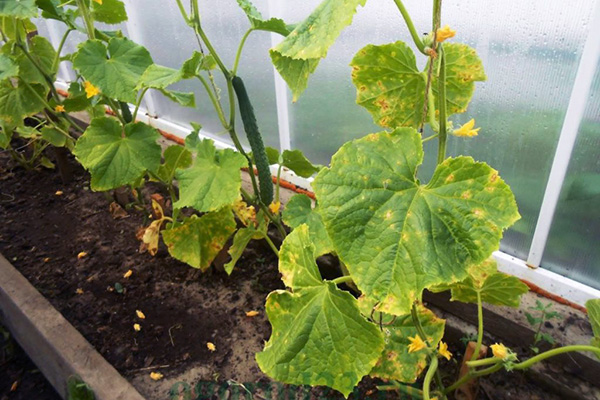

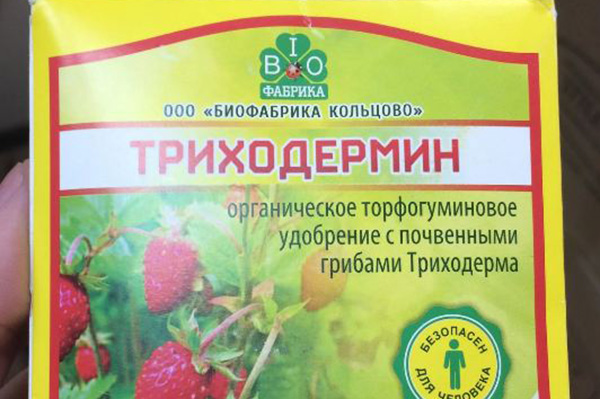

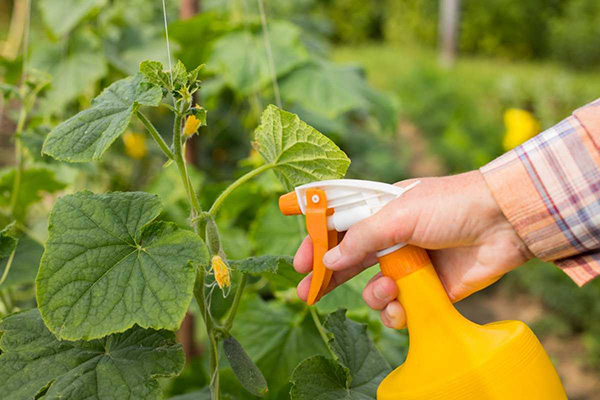
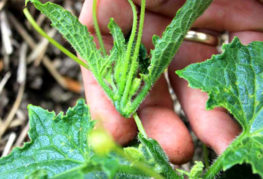

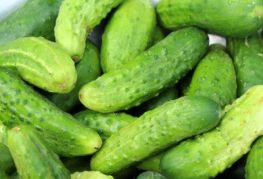
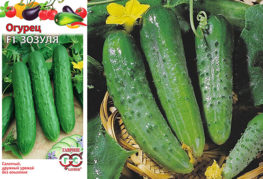
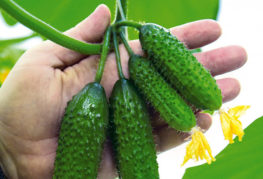
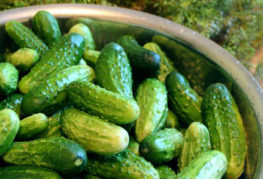
and will be published shortly.